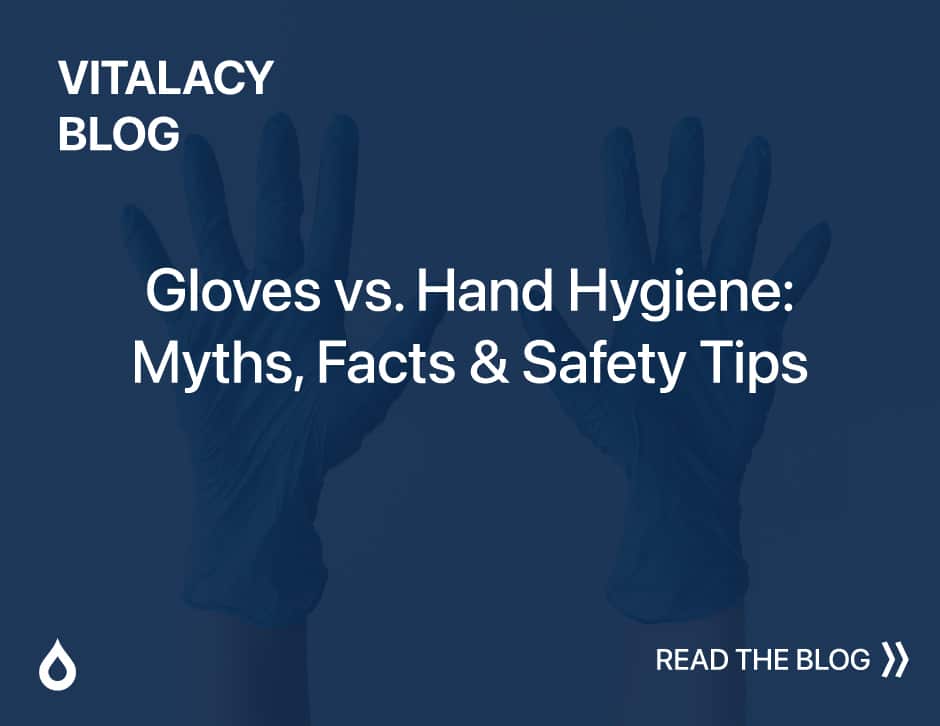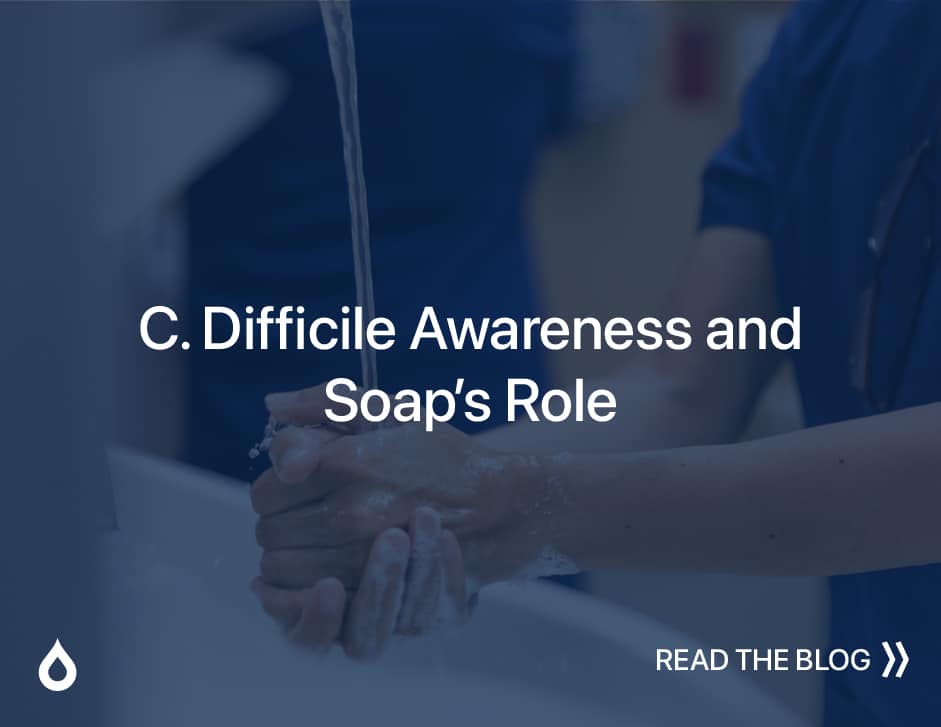“First, do no harm” is a simple, often-quoted phrase adopted by healthcare organizations dedicated to patient safety. These organizations would do well to establish effective hand hygiene initiatives aided by automated technology as an important step toward creating safety cultures.
Taking every precaution to prevent harm starts quite logically with hand hygiene, which has been directly linked to the prevention of healthcare-acquired infections (HAIs). HAIs affect 5 to 10 percent of hospitalized patients in the U.S. per year, according to the Center for Disease Control and Prevention (CDC). About 1.7 million HAIs occur in U.S. hospitals each year, resulting in 99,000 deaths and an estimated $35 billion to $45 billion in healthcare costs in 2007 dollars, the CDC reports.
“There is convincing evidence that improved hand hygiene through multimodal implementation strategies can reduce infection rates,” a World Health Organization (WHO) report titled “WHO Guidelines on Hand Hygiene in Health Care” states. “Failure to perform appropriate hand hygiene is considered the leading cause of HAIs and spread of multi drug-resistant organisms.”
Safety cultures have five characteristics
To develop an effective hand hygiene initiative, a healthcare organization must adopt the characteristics of a safety culture, a term first used in the wake of the Chernobyl disaster of 1986. Dr. James Reason, an industrial psychologist who studies the causes of human error, wrote extensively about safety culture in his influential book, “Managing the Risks of Organizational Accidents,” as well as in subsequent works. The idea of creating a safety culture influenced leaders within the airline and nuclear energy industries, as well as within the military, to create highly reliable systems resulting in few or zero accidents. Increasing numbers of healthcare organizations are now taking steps to develop the high reliability and accident prevention found in safety cultures, with many organizations using technology to assist in reaching this goal.
According to Reason, safety cultures are characterized by having five subcultures or elements: informed culture, reporting culture, learning culture, just culture and flexible culture. Having an effective hand hygiene program requires adopting all five elements.
In an informed culture, a healthcare organization collects and analyzes data relating to patient safety while actively communicating the data throughout the organization to demonstrate patient safety challenges or progress. Effective hand hygiene initiatives continually monitor hand washing compliance through direct and/or automated observation while simultaneously gathering data on HAIs to understand the correlation between hand hygiene compliance and reduced infections. Automated monitoring technology can gather data 24/7, thereby producing a more robust and real-time sample (Gallese, 2019).
To demonstrate this correlation, a healthcare organization must establish a reporting culture to assure that the hand hygiene compliance data are being gathered and reported accurately and extensively throughout the organization to assure a statistically valid sample.
An effective reporting culture can only exist within a just culture; workers must feel safe to report unsafe processes or conditions that may lead to harm. Workers must be confident that hand hygiene compliance data will not be used to assign blame or to punish individuals for unintentional errors; rather, caregivers must be eager to contribute to initiatives that will help the organization to improve patient safety.
All of this reporting of information makes the organization into a learning culture that gathers insights gained from data and makes changes for the betterment of patients. Having a flexible culture enables an organization and its workers to adapt quickly and effectively to real-time data that points to the need for change to improve safety.
Safety cultures enable healthcare teams to improve safety in real time
To achieve high reliability and to reduce the chances of patient harm, the ability to gather and react to real-time data is required. Providing real-time hand washing reminders at the point of service, for example, is a pivotal step in hand hygiene compliance and in improving and sustaining safety by addressing patient safety challenges. Providing compliance reports provide insights into how individuals and units can improve and how their efforts contribute to reduced HAIs. These reports can count every patient room entry and exit along with hand hygiene event frequencies and detailed location-based compliance data in real-time.
The Vitalacy Patient Safety Platform can be an added element toward creating a safety culture in which effective workflow monitoring and purposeful rounding (Nour-Omid, 2019) contribute to a decrease in HAIs (Vitalacy, 2019), as well as to reduced nurse fatigue and associated medical errors and to fewer healthcare-acquired conditions such as falls, pressure ulcers and deep vein thrombosis (DVT). The platform uses automated workflow monitoring to gather analytics that allow healthcare organizations to achieve a stronger patient safety culture and reduced HAIs and HACs.
Request a demo of Vitalacy’s Automated Hand Hygiene Monitoring Solution today!
References
Centers for Disease Control and Prevention (CDC): The direct medical costs of healthcare-associated infections in U.S. hospitals and the benefits of prevention. March 2009.
Gallese, P. How do automated patient safety systems work? Vitalacy blog, May 28, 2019.
Nour-Omid, J: Introducing Vitalacy’s latest product updates: workflow monitoring & purposeful rounding. Vitalacy Blog, Feb. 20, 2019.
Reason, J. T. (1997). Managing the risks of organizational accidents. Aldershot, Hants, England: Ashgate.
Vitalacy, Inc. Finding new ways to prevent healthcare-acquired infections and conditions. 2019.
World Health Organization 2009. Guidelines on hand hygiene in healthcare. WHO. Geneva.
Author
-

Vitalacy is committed to reducing patient harm in healthcare through better hand hygiene and patient safety solutions. Bluetooth-enabled smart sensors and wearables help improve outcomes and Leapfrog Hospital Safety Grades.
View all posts




